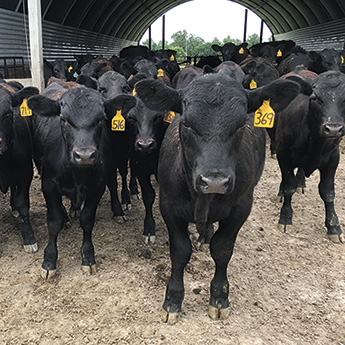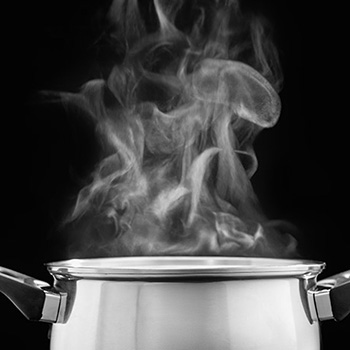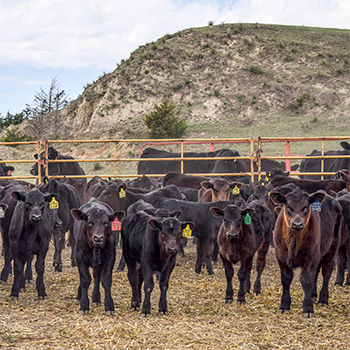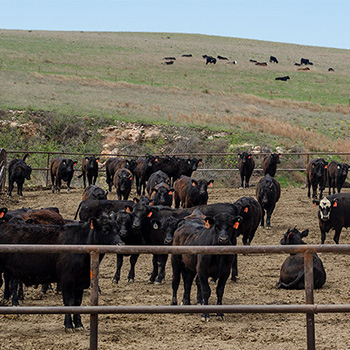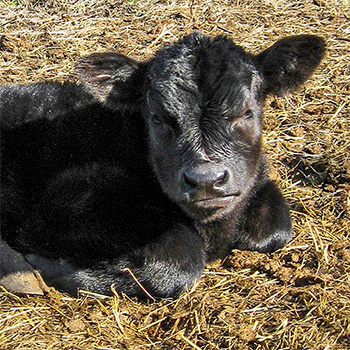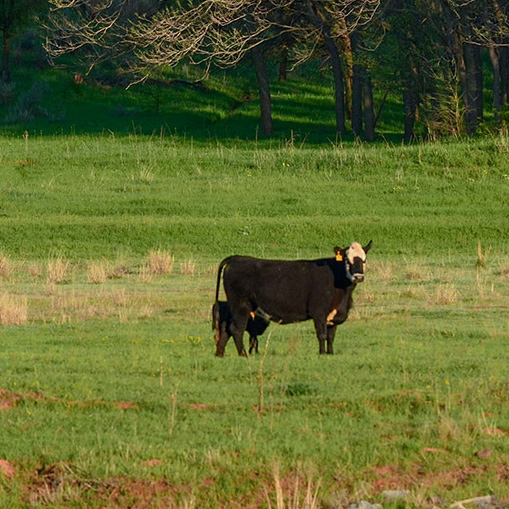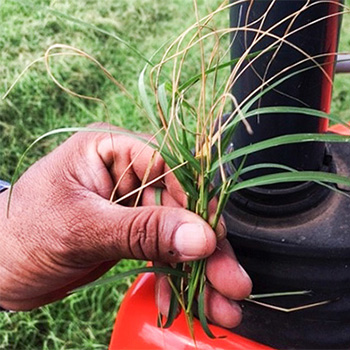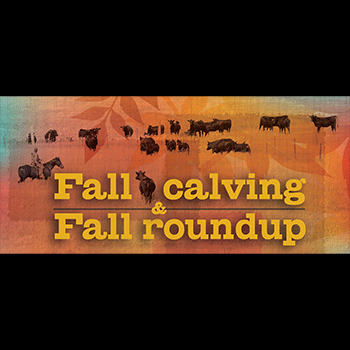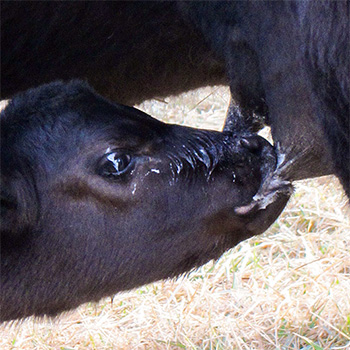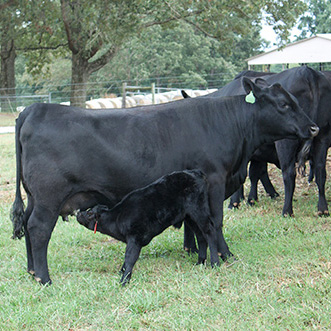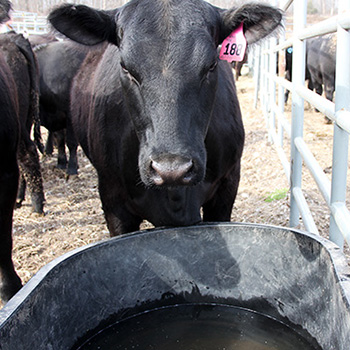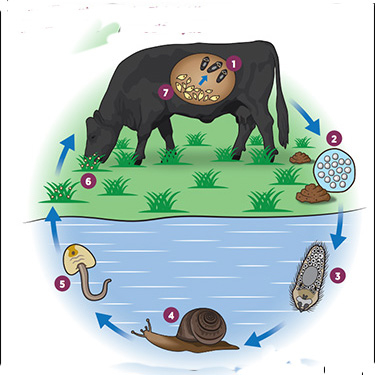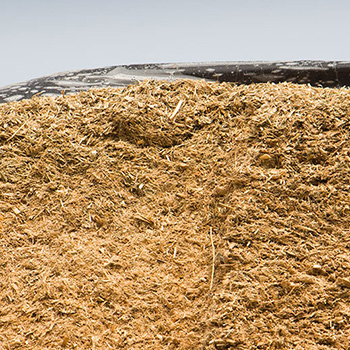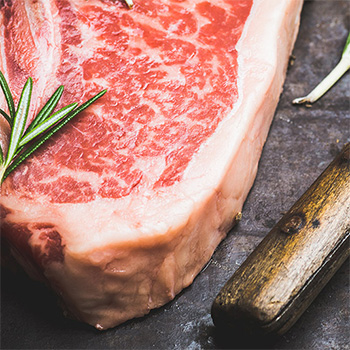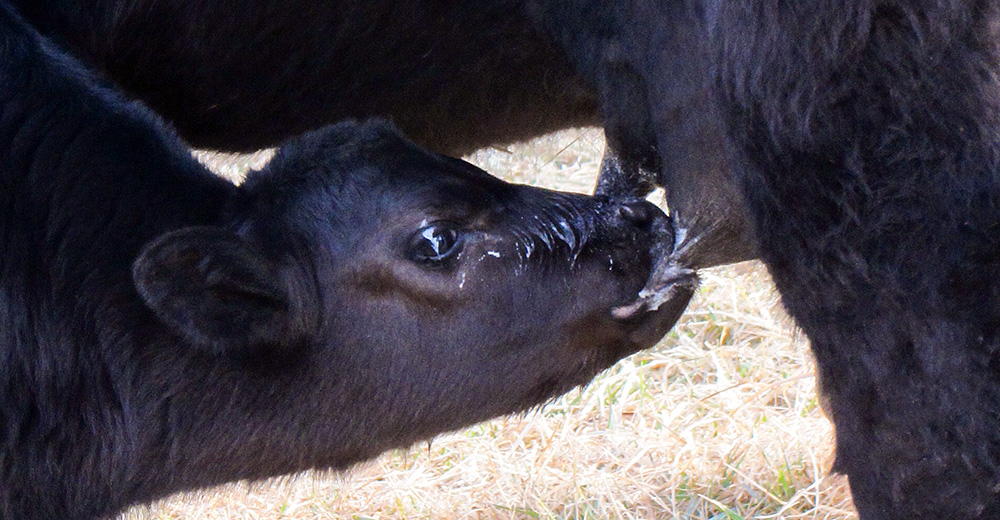
Colostrum for Newborn Calves
Quality and timing of first nutrition is crucial to a calf’s success.
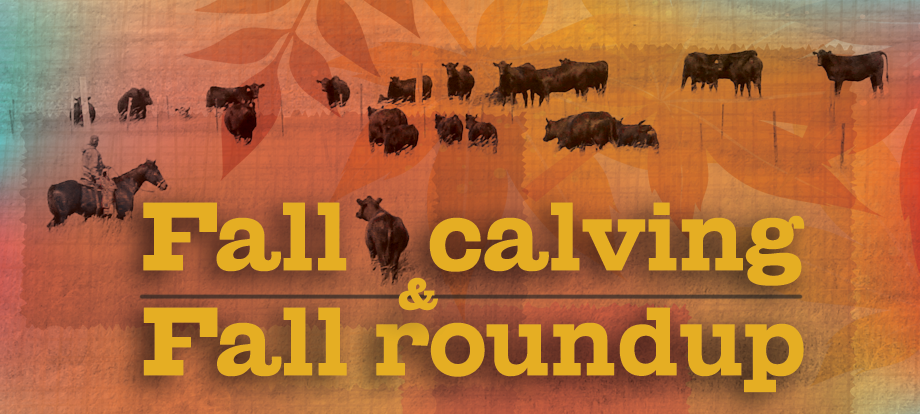
No matter what time of year you calve, it is always important to make sure the calf gets an adequate amount of good-quality colostrum very soon after birth.
Summer and fall calves are often born more easily than winter calves and may get up more quickly to suckle. They also have the advantage of not getting chilled before they can accomplish their first nursing. In cold weather it’s imperative to get colostrum into a calf before it chills. If it’s born during warmer weather, there is a slightly longer window of time to get the job done.
If the calf is unable to get up and suckle within a couple hours, however, or for some reason can’t get on a teat, it needs assistance in suckling the dam or should be given colostrum by bottle or tube.
Cody Creelman, veterinarian with Veterinary Ag-Health Services, a beef cattle practice at Airdrie, Alta., Canada, says the calf’s immune system at birth depends on transfer of antibodies from the colostrum.
“One myth is that any colostrum will do, but not all colostrum is created equal. A common practice has been to use dairy colostrum for calves that are unable to nurse the dam, but it’s not nearly as good as colostrum from a beef cow. There is more total volume and not as many antibodies per ounce. An Angus calf won’t get enough antibodies to have an adequate level,” explains Creelman.
Even some of the commercial colostrum products are not adequate. Colostrum from the dam is always best, he assures, but there are some situations where the mom doesn’t have enough or you can’t obtain colostrum from her. Many ranchers keep a few packages of commercial colostrum replacement on hand for emergencies, but not all commercial products are created equal, he warns.
“You need to look on the label for the grams of IgG (immunoglobulin) contained in the product. These are the actual antibodies. A complete colostrum replacement product would contain at least 100 grams of IgG. Some product labels are deceptive. The manufacturer may try to imply that the product is adequate by stating that the package contains 100 grams of bovine colostrum. That is not 100 grams of IgG. So read the label.”
Creelman has seen many instances of passive transfer failure, with the calf not getting enough immunoglobulin from a colostrum product.
“In these situations we see all kinds of problems like pneumonia, navel ill, joint ill, scours, etc. Ranchers are then surprised to find that they’ve been spending money for what they thought were good colostrum products, but it wasn’t enough protection for the calf,” he says.
There are also colostrum supplements, which only contain about 50 grams of IgG, compared with 100 grams in a replacement product. The calves that had inadequate passive transfer were often given a supplement product instead of replacer, or a product that dupes producers by being labeled 100 grams of bovine colostrum — and the rest is just filler. So, use these tips to know what to look for when purchasing colostrum replacements.
Editor’s note: Heather Smith Thomas is a cattlewoman and freelance writer from Salmon, Idaho.
